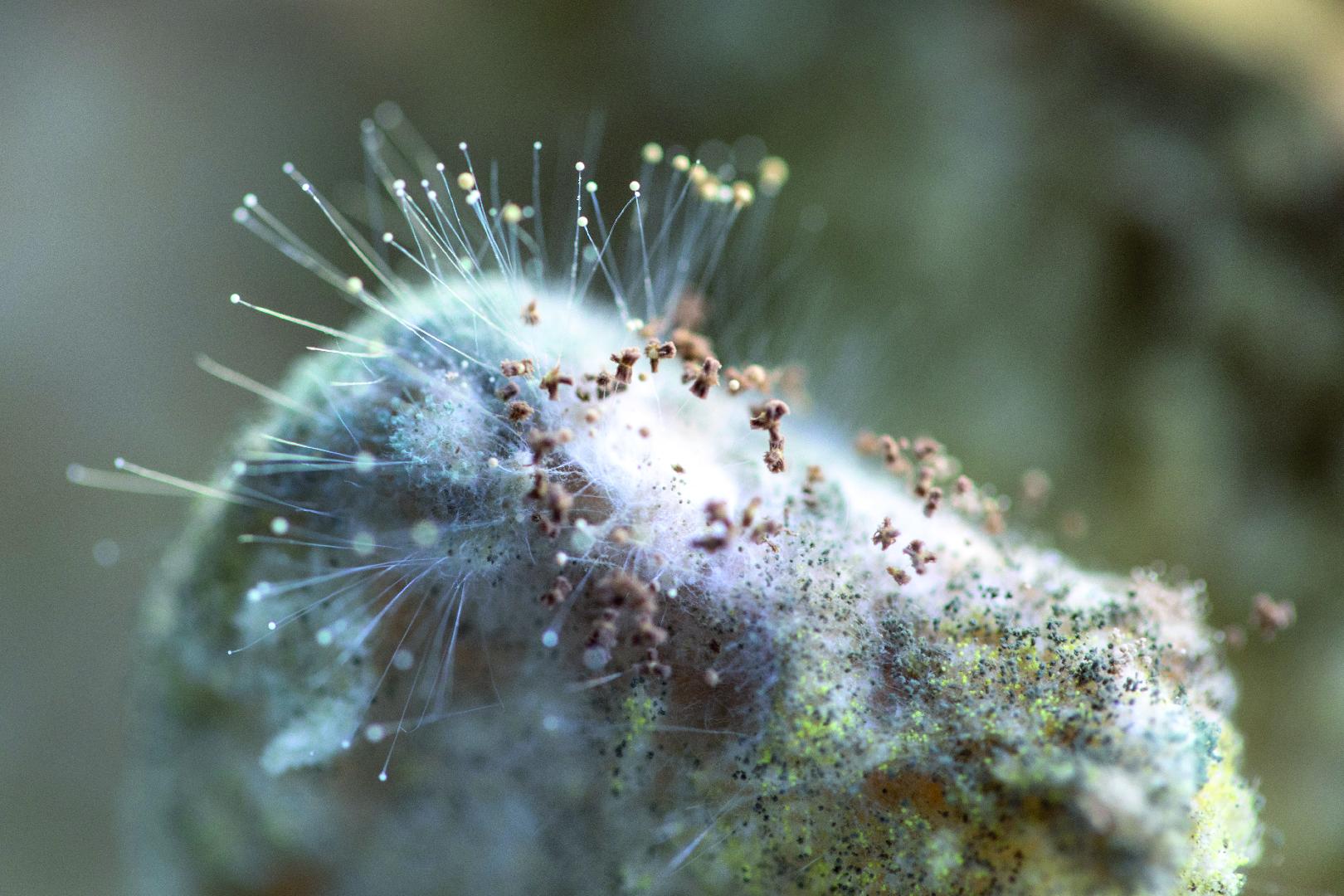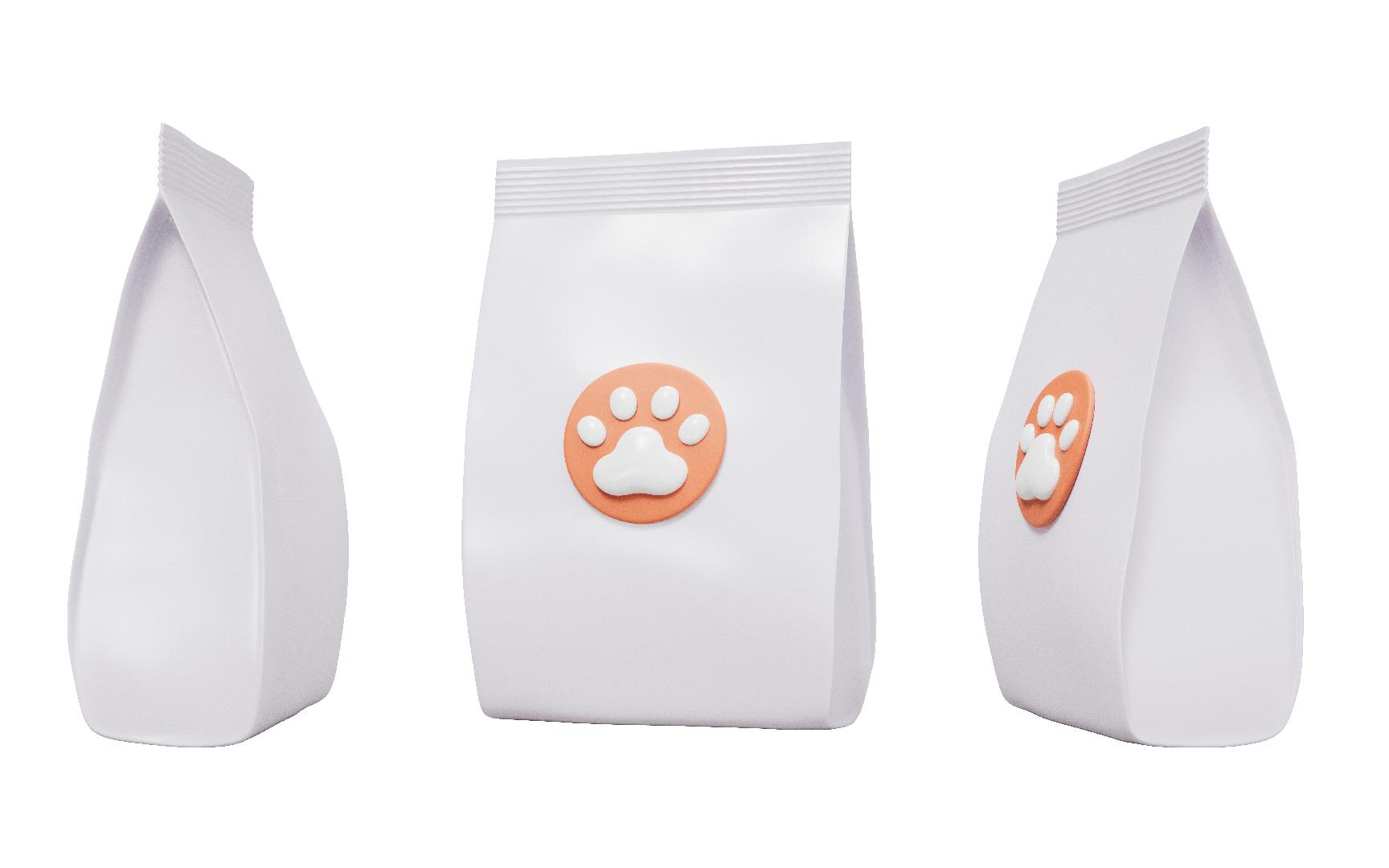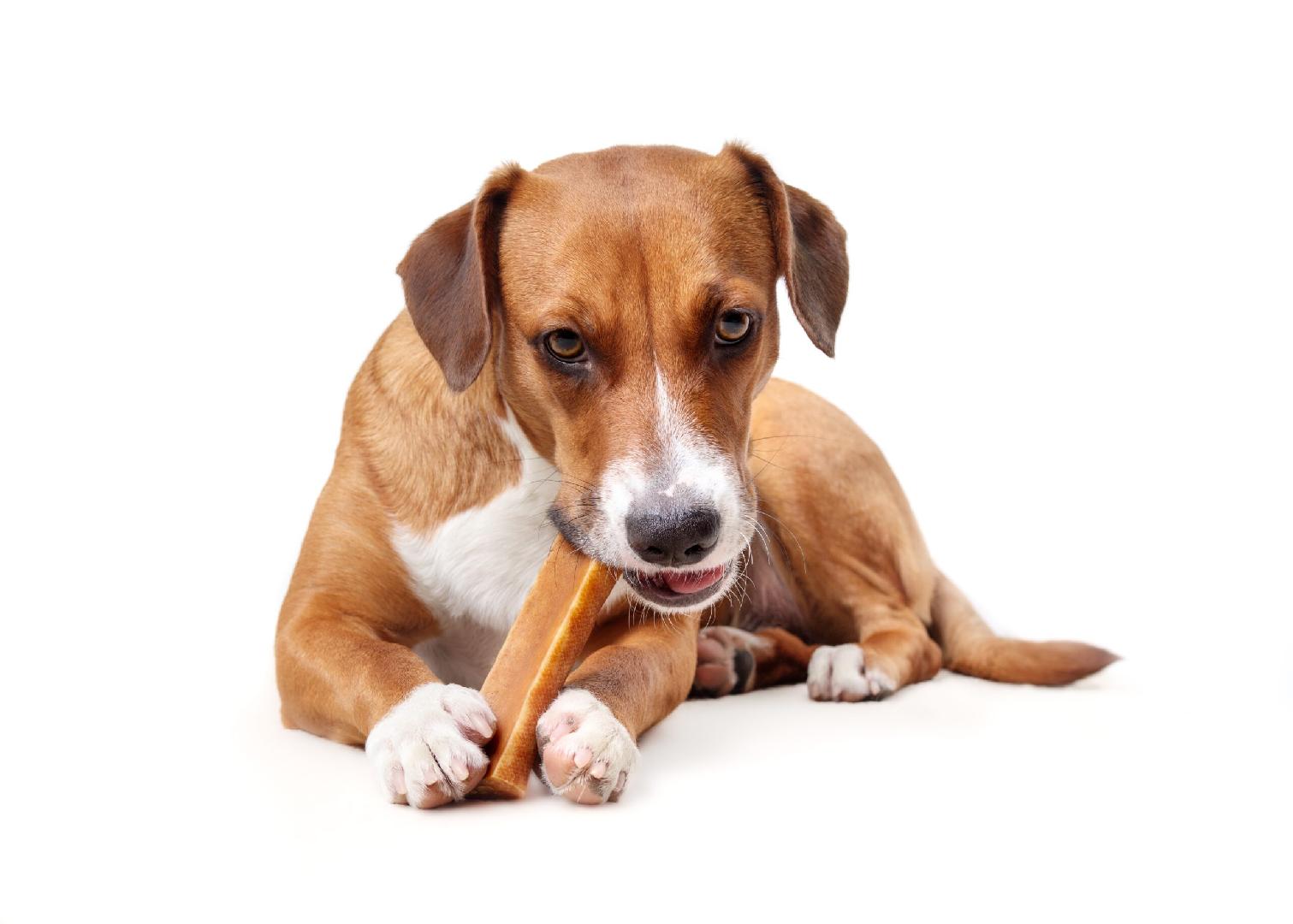Mycotoxins (from the ancient Greek mýkes 'fungus' and the Latin 'toxicum' referring to poison) are toxic secondary metabolites of varied composition. They come from organisms of the fungi kingdom, which includes mushrooms, molds, and yeasts.
According to the World Health Organization, mycotoxins are toxic compounds produced naturally by some types of fungi or molds. Mycotoxin-producing fungi grow on many foods, such as cereals, dried fruits, nuts, and spices. Its growth can occur before or after harvest, during storage, or in the food itself in warm and humid environments. Most mycotoxins are chemically stable and persist after food processing, which means that the extrusion process does not eliminate the mycotoxins present in raw materials.
No pet food manufacturer wants to cause a pet owner a problem from mycotoxins. However, dogs can consume mycotoxins by eating sourced contaminated food, improperly stored food, or mushroom bread during their daily walks. One of the key indicators that a dog has ingested a mycotoxin-contaminated food is liver failure, which can result from acute or chronic exposure (and this can vary by the type of mycotoxin and by the concentration and frequency of exposure to her). Other common signs include vomiting and loss of appetite, weight loss, lethargy, diarrhea, a weak immune system, breathing problems, tremors, heart palpitations, or jaundice.
The responsibility of the pet food manufacturer is big enough because, in addition to producing food that provides the necessary nutrients, it must be mycotoxins-free. The FDA regulates aflatoxin levels in feed ingredients; the current regulated limit for companion animals (dogs, cats, rabbits, etc.) is 20 ppb (parts per billion) for total Aflatoxins.
The growth of fungi and the production of their toxins can occur due to improper storage of grains and other ingredients used in the pet food manufacturing process. On this occasion, I will be talking about raw materials, without detracting from the importance of proper manufacturing, handling, and proper balanced food storage. Fungi generally do not grow on properly dried and stored grains.
That is why an efficient drying of commodities and dryness maintenance or proper storage are effective measures against fungal growth and mycotoxin production. However, harvest conditions or the source of raw materials can also vary significantly from year to year. Therefore, the solution to solve this situation is to have a complete quality control system for raw materials and a good program of efficient storage practices.
According to Dr. Swamy Haladi, Global Mycotoxin Management Program Manager at Trouw Nutrition, more than 80% of agricultural production contains mycotoxins contamination. To this day, more than 500 mycotoxins have been identified. However, the main mycotoxins established in animal feed are: aflatoxins, deoxynivalenol (DON), fumonisins (FUM), zearalenone (ZEA), ochratoxins (OCH), and T2-H2T.
If these six are present, it can be assumed that there are 30-40 other mycotoxins as well, because the same fungus can produce multiple mycotoxins. In addition to the threats of individual toxins, mycotoxins can have a synergistic and additive or antagonistic effect. The interaction between DON and fusaric acid, the most common Fusarium mycotoxin, is an excellent example of a synergistic interaction. Fusaric acid by itself is not toxic to animals, even at very high concentrations, but it increases the toxicity of DON when the two are found together. On the one hand, we see that mycotoxins cause pet health disorders per se, but on the other hand, they are anti-nutritional factors by degrading the quality of raw materials and balanced feed.
A quality raw material control system can include regular monitoring to determine whether or not mycotoxins are present. Laboratory tests are not a guarantee for mycotoxins-free food. Even when results do not find significant mycotoxins in an ingredient or feed, pet food manufacturers must consider additional factors such as: how the samples were collected, the level of mycotoxins that fall below screening levels, the levels of untested toxins, and masked mycotoxins.
Beyond the problems given by known mycotoxins, "masked mycotoxins" introduce a new level of complexity, when it comes to diagnosing the presence of mycotoxins, assessing toxicity, and developing a solution. Research on the topic is expanding in North America, Europe, and Africa.
I would say that, instead, I should deal with mycotoxins. Their presence causes deterioration in raw materials quality, but also causes health problems in pets, even when consumed in small quantities, (and especially if there is a recurrence in their consumption). Keep in mind that there is a high probability that the raw materials used in the manufacture of pet food are contaminated, even with the so-called "masked mycotoxins". Therefore, it is essential to have a high-quality system for the raw materials, correct storage that avoids an increase in the temperature and humidity of the grains. In addition, a program to control the development of fungi and yeasts through a preservation plan with the use of inhibitor additives as an alternative. And finally, do not rule out the use of mycotoxin binders or sequestrants in balanced feed, as part of a food safety plan.
Fuente: All Pet Food
You could be interested: Natural ingredients in Petfood: Glycerine replacement with AMN CarryMoist®
About author
Armando Enriquez de la Fuente BlanquetArmando Enríquez is from Mexico and, currently, works at Novus International as a Regional Country Manager, Mexico. Before, he worked at Trouw Nutrition Mexico as Feed Additives & Key Accounts Manager; he is also part of the company’s Global Companion Animal Community. He worked for DSM Nutritional Products in various positions: as a Marketing Manager in Pet Nutrition in Latin America, Vitamins Technical Manager in Latin America, Food Chain Project Manager and Commercial Manager in Mexico. He also worked at Roche Products as a Pets Project Manager, Ruminants Project Manager and Commercial Manager. He publishes editorials in specialized magazines in the Petfood industry and has lectured at the Andean Pet Forum in Colombia and at the Pet Forum, Mexico. He is a Veterinary Zootechnician from the National Autonomous University of Mexico and has a master's degree in Business Administration from the ITESO University.
Publisher Contents
Micro Ingredients
02/11/2023

































